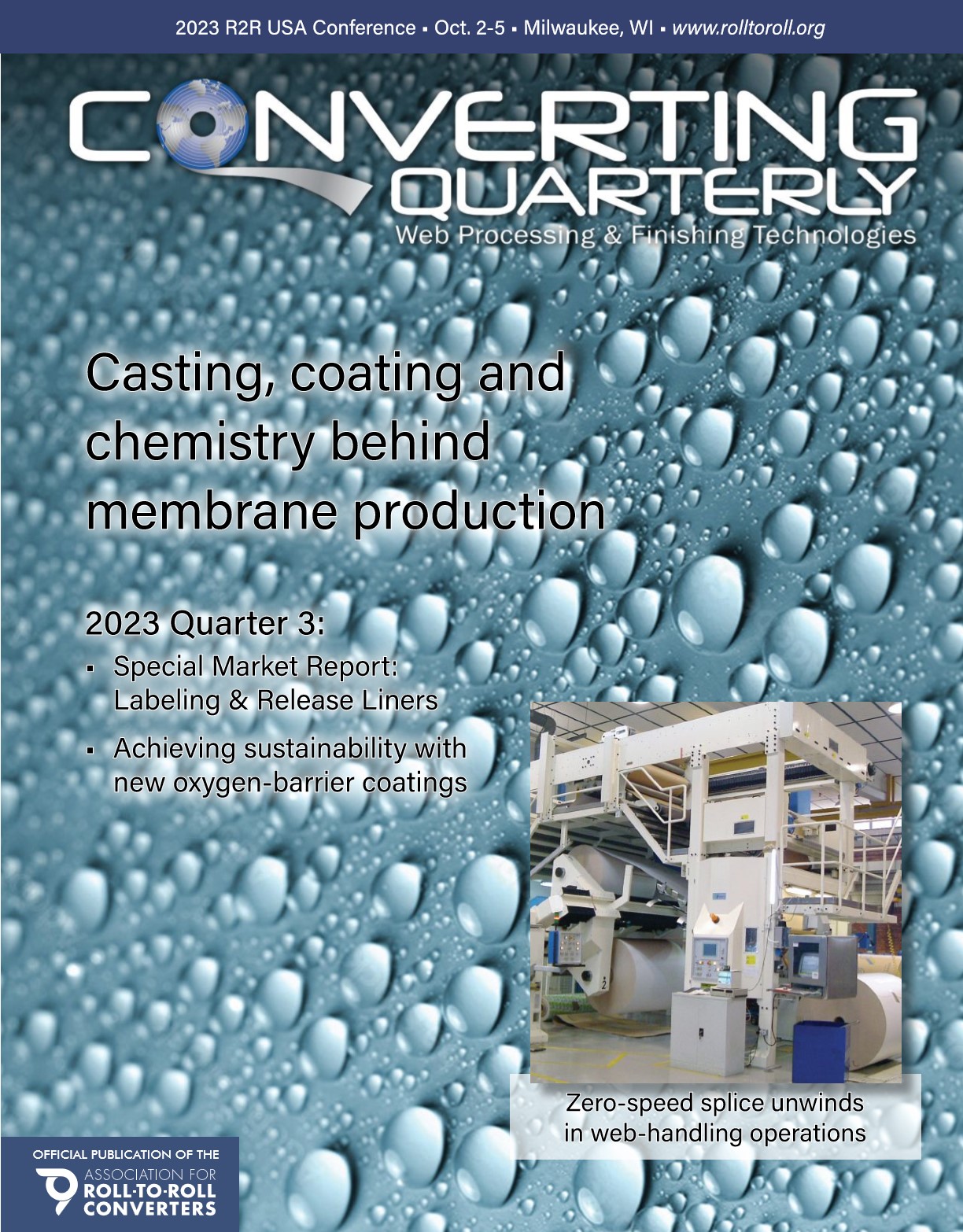As published in Converting Quarterly in Quarter 3, 2023 by E.J. (Ted) Lightfoot, Ph.D., Ted Lightfoot LLC.
Many things can go wrong in making a liquid coating that do not show up until the material is coated. That certainly can include problems with ingredients that are added as powders (e.g., contamination). Unfortunately, there are other issues with handling powders that can show up before the powder is incorporated into a liquid mix. The greatest tragedy I have had business contact with was a customer that suffered a dust explosion that took seven lives (and caused millions of dollars’ worth of damages).
Most people are aware of contamination issues with powders: airborne dust can cause trace contamination, as can dust that coats solid surfaces. Conveying systems are known to create cross-contamination (often enough to ruin an entire run of a sensitive product). Powders frequently are received in bags, and debris from the packaging can contaminate mix batches. In particular, fibers created while opening paper bags are notorious for passing through filters and ending up embedded in coatings.
Where best to handle materials?
Some people handle powder in the general-purpose mix area; others handle powders in a dedicated area designed for powders. Powder-handling areas should be designed for easy cleaning and for containing dust so it neither spreads nor accumulates. The ability to wash down any surface that has been exposed to dust is important; static neutralization and control is extremely valuable.
However, the ability to prevent dust from settling and accumulating is critical. The dust explosion mentioned above occurred in an area with a false ceiling that was covered with dust (on top). An initial blast dislodged this accumulated dust, leading to the larger and more lethal secondary blast. Similar secondary blasts have been reported from dust that settled onto beams.
Protective standards available
NFPA 652 describes the fundamentals of combustible dusts. The key metrics for dust hazards are Kst (a standardized maximum rate of pressure rise in an explosion) and Pmax (the maximum pressure produced). NFPA 654 is the standard for prevention of fire and dust explosions from
the manufacturing, processing and handling of combustible particulate solids. However, these two standards are being combined, and the content should be considered fluid.
OSHA has a combustible-dust “National Emphasis Program” (NEP). But fines are assessed per the “General Duty Clause” under Section 5 of the OSH Act of 1970 (a catch-all that requires you provide a safe workplace), which is of little use in safety management. If you have or suspect you may have dust hazards, there are professionals who specialize in helping to mitigate them.
Conclusion
The quality issues with handling powders and dusts in the solution web-coating process often are overlooked, as are the safety issues. Neglecting the quality issues can lead to expensive yield losses. Neglecting the safety issues can lead to tragic loss of life.
Original article can be found here.


